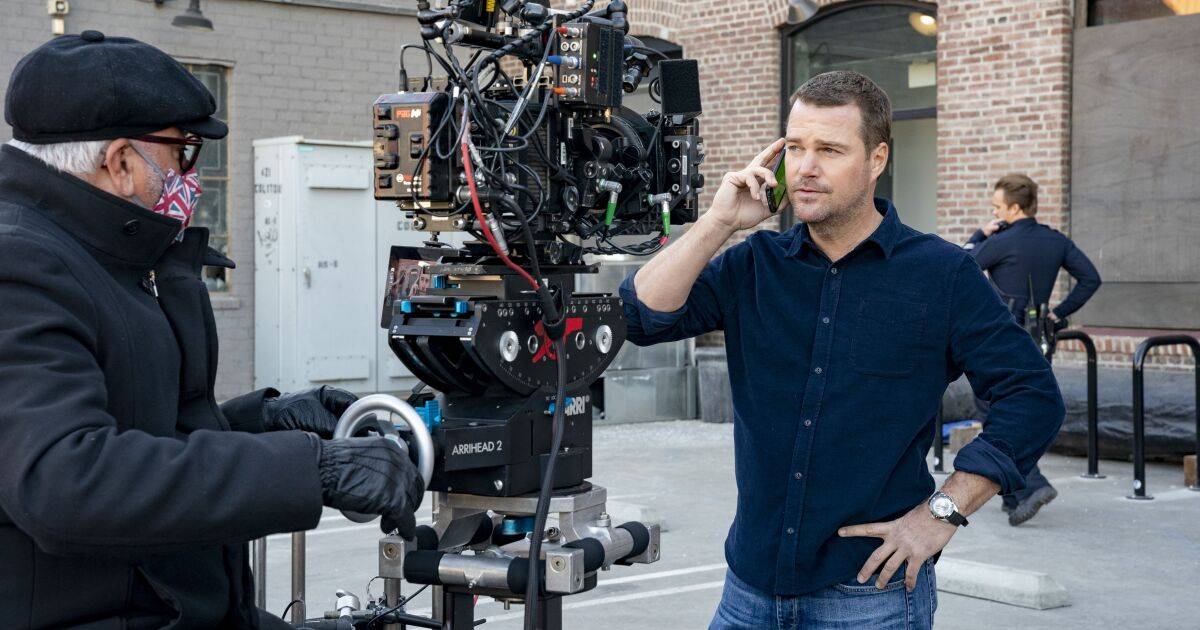Directing a Movie
Directing a movie involves overseeing and coordinating various aspects of the filmmaking process to bring a creative vision to life. Here are some steps to help you understand how to direct a movie:
Develop a Concept: Start by developing a clear concept or idea for your movie. This includes brainstorming the story, characters, themes, and overall tone of the film.
Write or Acquire a Script: Once you have a concept, you'll need a screenplay. Either write the script yourself or work with a screenwriter to develop it. Alternatively, you can acquire the rights to an existing script.
Create a Production Plan: Develop a detailed production plan that outlines the budget, shooting schedule, locations, casting requirements, and technical needs for your movie. This plan will serve as a roadmap throughout the production process.
Assemble a Team: Surround yourself with a competent and talented team. This includes hiring key crew members such as a cinematographer, production designer, editor, and sound designer. Collaborate with them to ensure everyone understands and is aligned with your creative vision.
Pre-production: During the pre-production phase, work closely with your production team to finalize the script, storyboard scenes, scout locations, design sets, cast actors, and organize the necessary equipment.
Rehearsals: Conduct rehearsals with the actors to help them understand their characters and develop their performances. This is also an opportunity to establish rapport and build trust with your cast.
Directing on Set: On the day of shooting, it's crucial to be prepared, organized, and have a clear vision of what you want to achieve. Communicate effectively with your team, providing guidance, feedback, and direction to bring your vision to life.
Collaboration with the Cinematographer: Work closely with the cinematographer to establish the visual style of the film. Discuss framing, camera movements, lighting, and color schemes to ensure the visuals align with your creative vision.
Communicate with Actors: Develop a rapport with your actors and communicate your expectations clearly. Encourage collaboration, provide feedback, and guide them to deliver performances that fit your vision for the characters.
Problem Solving: Be prepared to solve problems and make decisions on the spot. Filmmaking can be unpredictable, and challenges may arise during the production process. Stay calm, think creatively, and find solutions that keep the production on track.
Post-production: Work closely with the editor and post-production team to shape the final version of the film. Provide feedback on editing choices, sound design, music, and visual effects to ensure the film aligns with your creative vision.
Distribution and Promotion: Once the film is complete, consider distribution options, such as film festivals, online platforms, or theatrical release. Develop a marketing and promotion strategy to reach the target audience and generate awareness for your movie.
Remember, directing a movie is a complex and collaborative process. It requires effective communication, leadership skills, and a strong creative vision. Learning from experienced filmmakers, studying film theory, and gaining practical experience through smaller projects can help you develop your directing skills further.


